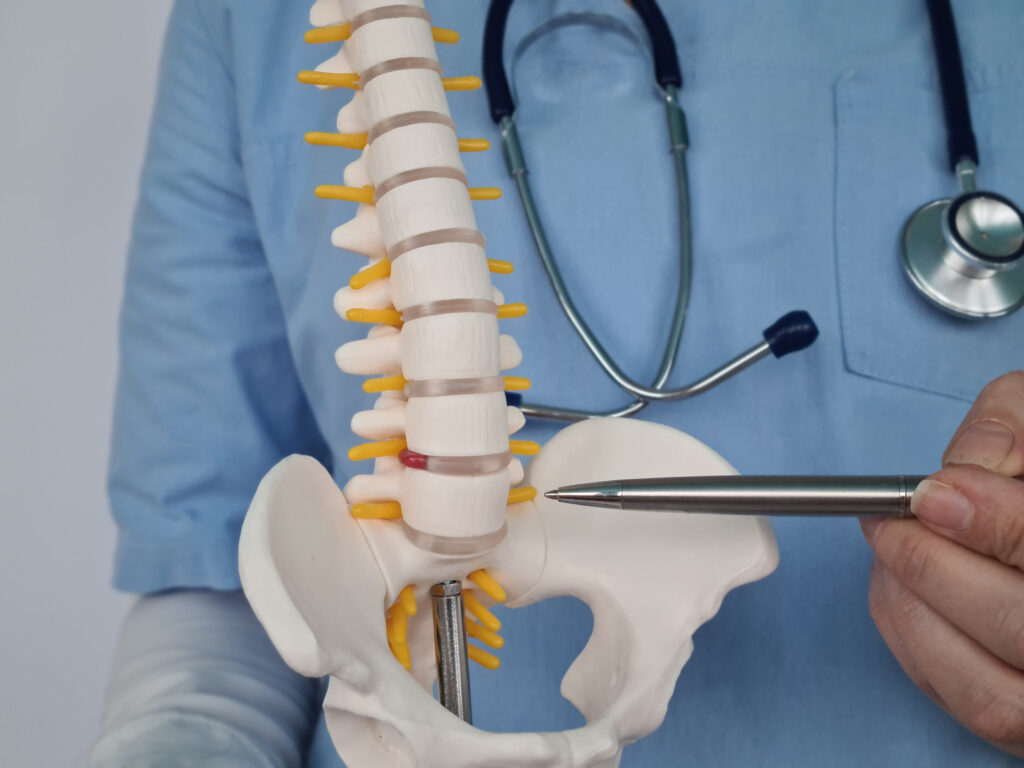Intervertebral disc degeneration (IVDD) is a common condition that can lead to significant discomfort and reduced quality of life. Recent research has illuminated the underlying mechanisms of this condition, particularly highlighting the role of nucleus pulposus cells (NPCs) and their vitality, which often declines due to mitochondrial dysfunction. A groundbreaking study by Pengzhi Shi, Haiyang Gao, Zhangrong Cheng, Kangcheng Zhao, Yuhang Chen, Xianglong Chen, Weikang Gan, Anran Zhang, Cao Yang, and Yukun Zhang has revealed how mesenchymal stem cells (MSCs) can mitigate NPC senescence through the secretion of mitochondria-containing microvesicles (mitoMVs).
The study presents compelling evidence that MSCs play a vital role in the health of NPCs, primarily by releasing mitoMVs that can rejuvenate these cells. This finding is particularly significant as it opens new avenues for therapeutic strategies aimed at treating IVDD. The authors further discovered that the application of static magnetic fields (SMF) enhances the secretion of these beneficial mitoMVs, suggesting a potential non-invasive treatment approach for individuals suffering from this degenerative condition.
A key aspect of the research is the distinction made between mitoMV generation and exosome production, which has traditionally dominated the field of cellular communication. This shift in focus allows researchers to delve deeper into the molecular mechanisms by which SMF interventions operate. Notably, RNA sequencing has indicated the involvement of the microtubule-based transport protein Kif5b in the generation of mitoMVs. The study confirms a significant interaction between Kif5b and Rab22a, a protein implicated in sorting mitoMVs into microvesicles and facilitating the subsequent budding from the plasma membrane.
To address the challenges of applying these findings in vivo, the researchers constructed a gelatin methacrylate (GelMA) hydrogel delivery system. This innovative approach not only enhances the stability and delivery of mitoMVs but also confirms their substantial potential in delaying the progression of IVDD.
Overall, this research sheds light on the intricate molecular processes involved in SMF-enhanced mitoMV secretion and offers promising insights for future therapeutic strategies aimed at combating intervertebral disc degeneration. The collaboration of the authors from the Department of Orthopedics at Union Hospital, Tongji Medical College, Huazhong University of Science and Technology, showcases the potential of combining stem cell therapy with innovative biophysical interventions to improve patient outcomes in the realm of spinal health.


